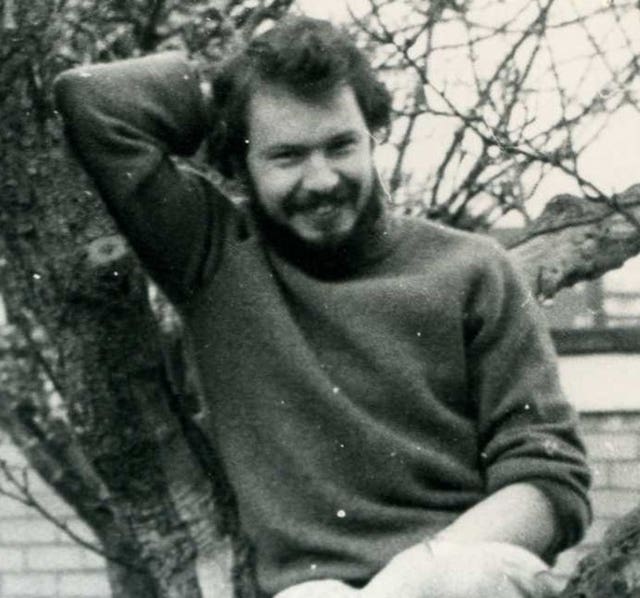The Metropolitan Police’s approach to tackling corruption within their ranks is “not fit for purpose”, a watchdog has found.
“Unacceptable”
The force has not learned lessons from the notorious unsolved 1987 murder of private investigator Daniel Morgan, overall its procedures for rooting out corrupt staff are “fundamentally flawed” and it has a “degree of indifference” to the risks, according to damning findings published on 22 March.
The home secretary called in Her Majesty’s Inspectorate of Constabulary and Fire and Rescue Services (HMICFRS) after an independent inquiry into how the force handled Morgan’s case found it was institutionally corrupt, saying it had concealed or denied failings to protect its reputation.
Inspector of constabulary Matt Parr said that the Met had “sometimes behaved in ways that make it appear arrogant, secretive and lethargic” and that the watchdog’s 20 recommendations for change must be “among the commissioner’s highest priorities” in order to restore public trust in the force. He added:
It is unacceptable that 35 years after Daniel Morgan’s murder, the Metropolitan Police has not done enough to ensure its failings from that investigation cannot be repeated. In fact, we found no evidence that someone, somewhere, had adopted the view that this must never happen again. This will be understandably distressing for Mr Morgan’s family and friends, to whom we send our condolences.
We found substantial weaknesses in the Met’s approach to tackling police corruption. From failing to properly supervise police officers who have previously committed offences, to inadequate vetting procedures, and much more besides, it is clear that the current arrangements are not fit for purpose.
The Met’s apparent tolerance of these shortcomings suggests a degree of indifference to the risk of corruption.
Still not capable
According to the findings:
– In the last two years, the Met recruited people with criminal connections and more than 100 people who have committed offences. Some of these decisions “may have been justifiable, but the force failed to properly supervise these people to lessen the risks”.
– Property and exhibits procedures were “dire”. Hundreds of items were not accounted for, including cash and drugs. In one instance, the security access code for a property store was written on the outside of the door.
– The force does not know whether all those in sensitive posts – such as child protection, major crime investigation, and informant handling – have been cleared to the level of security vetting needed.
– More than 2,000 warrant cards issued to personnel who had since left the force were unaccounted for.
– The Met still “does not have the capability to proactively monitor its IT systems, despite repeated warnings from the inspectorate”. IT monitoring is used by most forces to help identify corrupt staff.
The watchdog did acknowledge the force’s “capability to investigate the most serious corruption allegations is particularly impressive, and other police forces regularly call on their expertise” and also praised its confidential reporting line and support provided to whistleblowers.
It also recognised that the Met had greatly reduced the number of personnel who were not security vetted.

“Culture of corruption”
The inspection found “no evidence of any deliberate or co-ordinated attempts” by the Met to “frustrate” the work of the Morgan inquiry. It said that although there was much to criticise, based on this inspection “it would not describe the Met as institutionally corrupt”.
Morgan’s family – who are suing the Met – claimed a “culture of corruption” continues to “flourish at the highest ranks” of the Met.
















